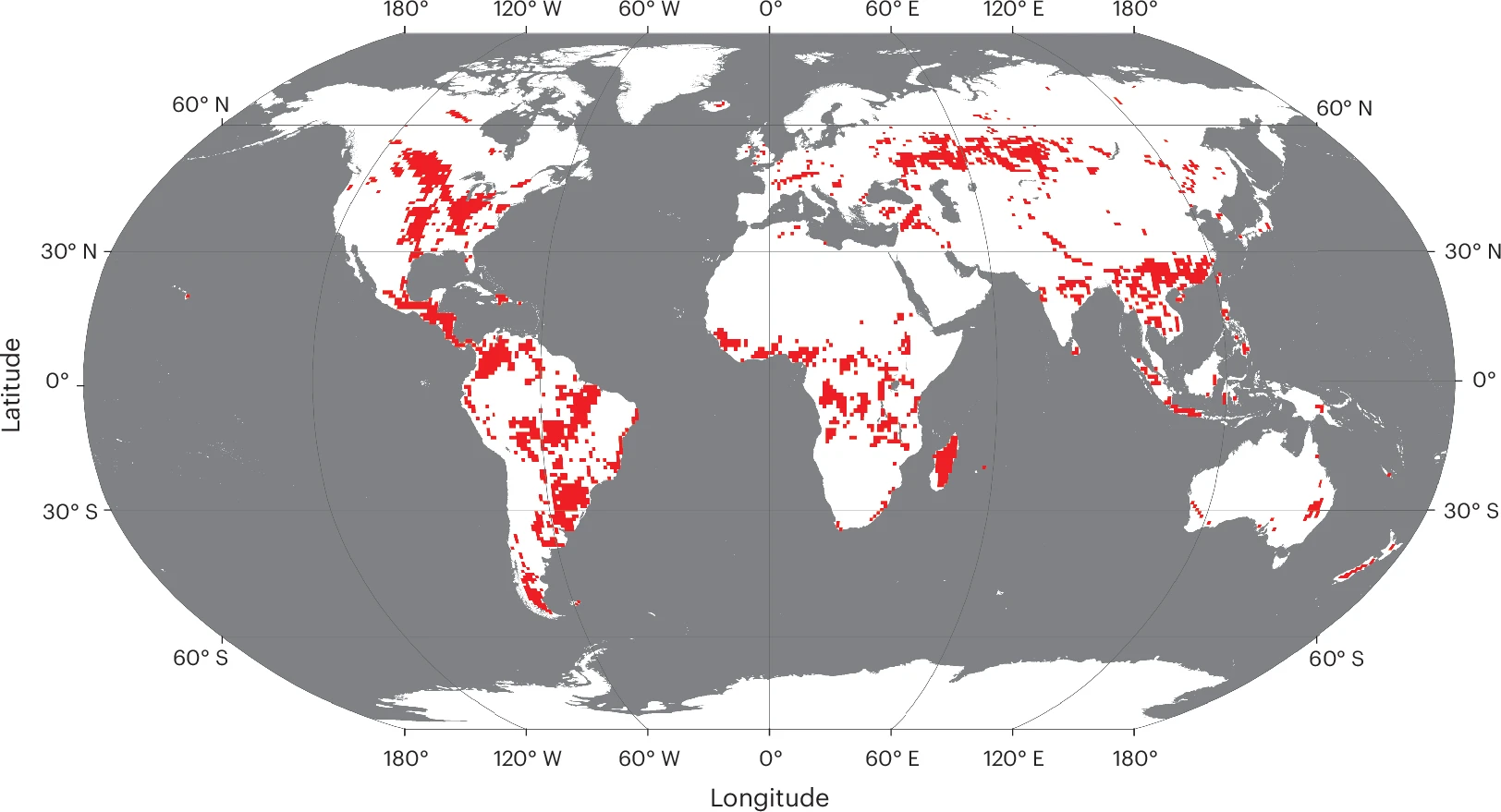On ineffective and unjust climate policies

Climate change cannot be fixed by simple measures such as planting trees. New research published in Nature Geoscience journal shows that restoring our natural terrestrial habitats can remove much smaller amount of the carbon from the air than previous models suggested. The available models and predictions still had some problematic assumptions and incorrect input data, which the researchers in an international collaboration wanted to rectify to have a clearer view of the potential of ecosystem restoration in climate change mitigation. Hence, they made a model much more realistic than the previous ones had been. For example, their model does not force restoring forests in every location they are predicted to be suitable – including established grasslands with high carbon sequestration potential or productive agricultural lands. This led them not to a slight adjustment, but to a massive difference from previous carbon capture potentials. The scientists found that ecosystem restoration has a measurable but limited effect on atmospheric carbon concentrations if compared to previous predictions. In the greenest of all climate scenario, 17 percent of human emissions can be recaptured by 2100, while in the business-as-usual (most pessimistic) scenario, it is less than four per cent.
Focus needs to be on rapidly reducing emissions and ensuring that initiatives are equitable and focused on climate change adaptation. The group of scientists was led by Csaba Tölgyesi, of University of Szeged and the senior author of the publication was Ákos Bede-Fazekas, assistant professor of our department.
Historically, the burden for ecological restoration has been placed on the Global South with the offsetting and carbon sequestration agenda driven by the Global North. Not only is it unjust that the communities who did not create the problem of climate change bear the brunt of its solution, the study shows that a large number of potential priority regions for restoration for carbon gain are located across the Global North.


